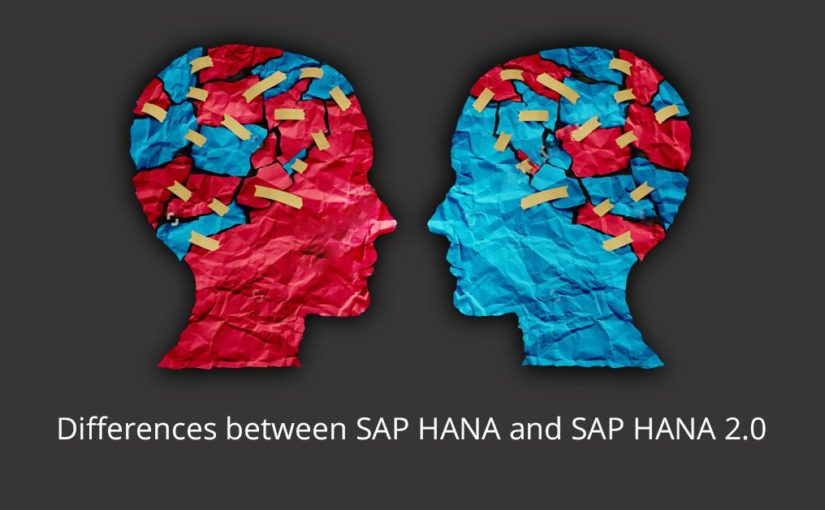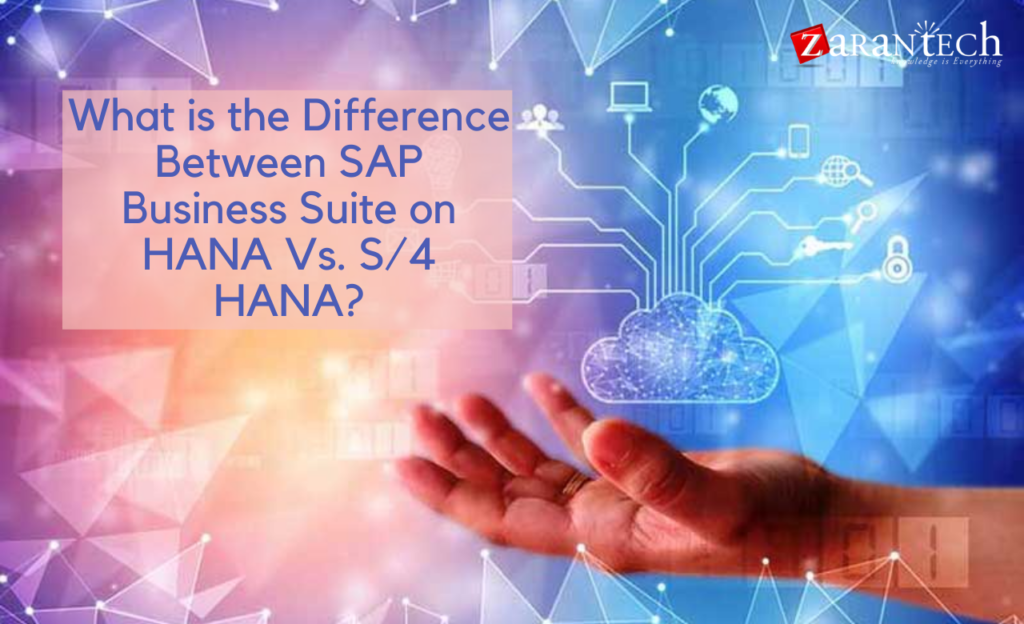SAP HANA Interview Questions and Answers you must prepare for in 2016
Category: General, SAP HANA Posted:May 19, 2016 By: Alvera AntoHANA is a revolutionary Relational Database Management System developed by SAP. Its column based search for data retrieval saves memory and results into reporting twice as fast as traditional databases. While SAP HANA Certification has gained tremendous popularity, some of the significant SAP HANA interview questions you should be aware of are –
- What are some tasks performed by Modeling Studio?
- Check database tables and retrieve META DATA
- Monitoring data transfer from SAPM Business Warehouse to other systems
- Schedule data replication jobs
- Utilize data services for modeling
- What is Latency?
The total stretch of time consumed to replicate data from source system to target system is calculated as Latency.
- What is Row based and Column based approach?
The database table is populated in the sequence of rows. Relational databases till now have been following Row based approach. On the contrary, Column based approach has tables being populated in sequence of columns occupying all contiguous memory locations. HANA supports both but is optimized more for Column approach.
- What is SLT? How do you configure it?
It stands for SAP Landscape Transformation. It triggers replication of data from source to target system where either of the two ends has to be SAP HANA.
The configuration is performed in the Configuration & Monitoring dashboard using t-code LTR.
- What are the prerequisites to configure SLT?
For SAP source systems – The role IUUC_REPL_REMOTE is assigned to the RFC user
DMIS add-on has to be installed in the SLT system.For non-SAP systems – DMIS is not essential here. A database user can be authorized to perform replication activities.
- What are the different Replication techniques?
- Trigger based replication using SLT
- ETL based replication using BODS
- Extractor data acquisition using DXC
- What are Transformation rules?
These are the rules defined in the Advanced Replication Settings such that the data for the source tables is transformed during replication process.Fill Empty Fields
Convert Fields
Skip Records - What factors affect the change in number of jobs?
Number of Jobs depends upon the following –- The number of tables to be replicated
- Number of configurations managed in SLT system
- Initial Load speed
- Expected Replication Latency time
- What are the different scenarios in Replication?
Load – Starts the initial load of replication of data from the source system. It is a one-time process.
Replicate – Actual phase of replication. Database triggers and different logging tables for every table is created in SLT.
Stop – Stops any replication currently in process. Database triggers are aborted.
Suspend – Table replication is paused. Database trigger will not be deleted and changes will be filled in logging tables.
Resume – Restarts the replication for a suspended table.
- What is the maximum table name length and the Max number of columns allowed?
Max table name length – 127 characters
Max no of columns – 1000All geared up for a career in SAP HANA? Stay tuned and keep updated with more insights.
You may also like to read: Learn How to Model Data with SAP Data Warehouse Cloud





 99999999 (Toll Free)
99999999 (Toll Free)  +91 9999999
+91 9999999